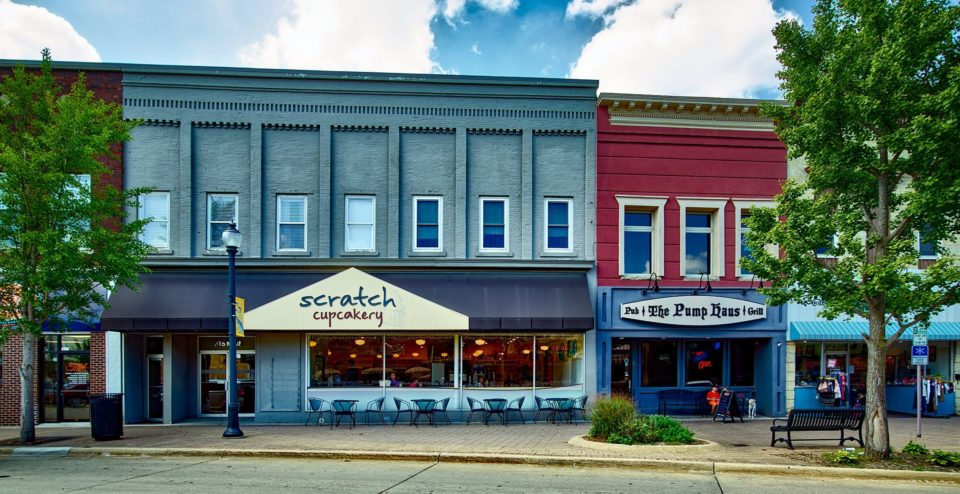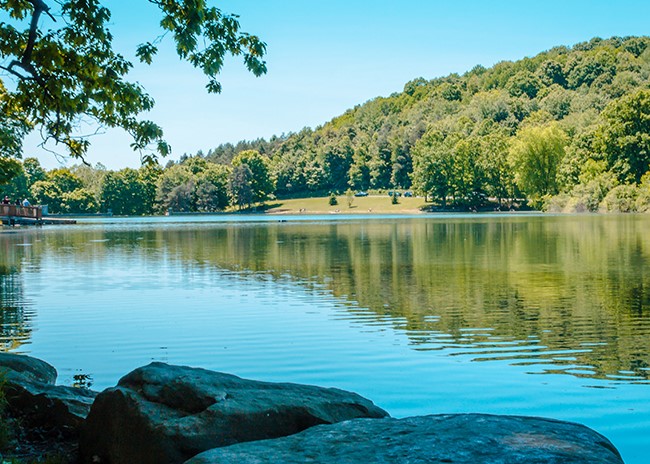Former professor Dr. David Birch of MIT found that up to 80% of job growth in any community is generated by the businesses already located there and not by attraction efforts.
Economic development in our local economies can seem like a mysterious science, filled with secret deliberations and a healthy dose of luck. Nothing gets us more excited than splashy headlines or personal success stories that speaks of the new jobs, services or products created locally. Most of us think of economic development as the attraction of new businesses to the area and the encouragement of entrepreneurship. Both of these are important, but there is one more critical component to a sustainable economic development strategy – the retention and growth of existing businesses. It is vital that communities invest in business retention and expansion (BR&E) for various reasons.
Ask a local business owner or local economic development professional about activities focusing on retention and expansion as opposed to recruiting and attracting and likely their answers may vary. It is vital that communities invest in business retention and expansion for various reasons.
A general marketing rule of thumb notes that 70% of all business comes from repeat customers/clients with the remainder split between new business clients and direct referrals. The most cost effective model is to conduct business and retain customers rather than to market and attract new customers located elsewhere via sales calls. This concept has commonalities in economic development; business attraction efforts tend to be more difficult, expensive and time consuming than business retention initiatives.
In fact, an analysis by Site Selection magazine finds that the number of eligible projects has declined dramatically from a high point in 1999. Therefore, the competition is fierce in attracting new businesses to a community.
| Year | Projects |
| 1999 | 12,702 |
| 2000 | 11,929 |
| 2001 | 10,808 |
| 2002 | 7,600 |
| 2003 | 5,793 |
| 2004 | 6,905 |
| 2005 | 6,485 |
| 2006 | 4,774 |
To be eligible for Site Selection’s analysis, a project must meet one of these criteria: a minimum capital investment of US $1 million; create 50 or more new jobs; increase floor space by a minimum of 20,000 square feet.
A vibrant community works to nurture their business climate. The cultivation of a strong business climate via systematic, comprehensive retention programs that focus on customer satisfaction (just as the private sector does) create satisfied CEOs who can be effective cheerleaders for a community and state. One of the main ways that CEOs evaluate a community’s business climate is through conversation with other CEOs.
So why is Purdue Extension talking about BR&E? Purdue Extension Community Development recognizes that a strong BR&E program yields rich business connections, which in turn improves a community’s vitality. In 2017, Purdue Extension launched a targeted BR&E program. The program is coached by Extension educators with an end goal of an economic development plan with realistic action items and true impacts that can drive business development and community development initiatives in rural and urban Hoosier communities. A local Task Force, or team members, supports the educators and community in implementation of the program and economic development plan. The Task Force includes various organizations and industries from the county and community to guide the program through the modules.
Purdue Extension’s targeted BR&E program focuses on companies with 10 – 99 employees, yet does not exclude other businesses with fewer or more employees. The program has five-modules to guide communities through a data driven decision process. Data is used to guide the team in identifying a focus for their efforts and subsequently select companies for site visits. On the site visits, the conversations seek to identify growth opportunities (Green Flags) or challenges (Red Flags). The Task Force then analyzes the information to identify necessary actions that need to be undertaken to assist these companies to grow and sustain community vitality.
When a community undertakes the BR&E program, the process helps them implement best practices related to cultivating their business climate and ecosystem. A byproduct of the program is the nurturing of relationships amongst the often-overlooked mid-sized businesses, with tremendous growth potential, with local resources. Currently BR&E is being conducted in six counties in Indiana with two more awaiting to deploy in 2018/2019.
Train the Trainer: Spring 2019
Program development team:
Heather Strohm, Tanya Hall, Melinda Grismer, Emily Del Real
Heather Strohm and Tanya Hall are the Extension regional educators for Business Retention & Expansion.



